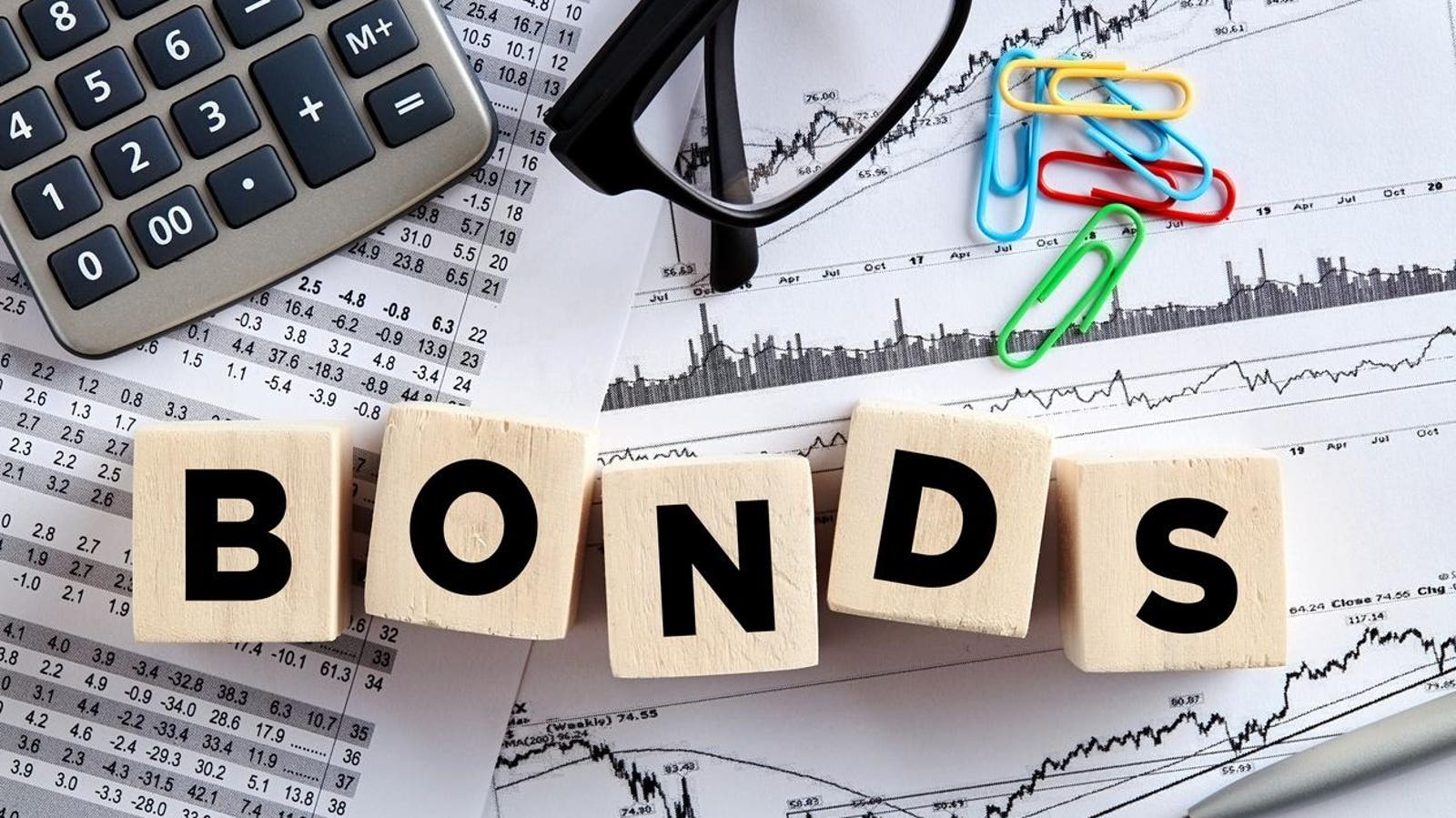Corporate bonds can be a valuable building block in a retirement portfolio. They allow you to lock in attractive yields for periods ranging from a few to many years. That’s in contrast to instruments such as certificates of deposit and money market funds, for which the payouts decline when interest rates fall. Another attractive feature of this asset class is the availability of specific markers to gauge the risk of individual bonds available for consideration.
Credit Risk And Corresponding Yield
The four bonds listed below are drawn from recommendations published in the Income Securities Investor newsletter. They’re listed in order from highest to lowest credit ratings, as assigned by Moody’s and Standard & Poor’s. The ratings address the risk of default (failure to pay interest or principal in full and on schedule) and expected loss of principal in the event of default. Expected loss of principal is partly a function of priority in the capital structure, with first lien bonds on average suffering a smaller loss than senior unsecured bonds.
To put these risks in perspective, Moody’s historical records (1983-2022) show a 0.0% incidence of default within one year for issuers rated A. The corresponding percentages are 0.2% for Baa, 0.9% for Ba and 3.2% for B. You can limit default risk by monitoring downgrades, which indicate the risk is rising. Note that the bonds displayed below all have Stable or Positive rating outlooks at present. That suggests downgrades are unlikely over the next year or two, barring shocks that are probably unforeseeable by the rating agencies.
The lower the credit rating, the higher is the average yield on bonds in the rating category. In short, you are compensated with additional yield as you accept greater credit risk exposure. This correlation is not perfect at the individual bond level; some bonds rated A- yield more than some bonds rated BBB+, for example. But yield increases in the list below as you move from the first (highest-rated) bond to the last (lowest-rated) issue.
With inflation running at 3.0%, dividend stocks offer one of the best ways to beat inflation and generate a dependable income stream. Download Five Dividend Stocks To Beat Inflation, a special report from Forbes’ dividend expert, John Dobosz.
Risk Of Early Redemption
“Yield-to-worst” is the specific yield measure shown in the list. It takes into account not only price, coupon rate (4.25% for the first issue) and maturity date (April 1, 2049 for that bond), but also the possibility that the issuer will exercise its option to redeem (or “call”) the bond prior to maturity. As indicated in the bonds’ descriptions, two in the list are noncallable through maturity. The initial date on which the issuer can exercise its right to call the bond and the price at which that option is initially exercisable are shown for the two callable bonds.
Interest Rate Risk
In addition to default risk and call risk, corporate bond investors must be conscious of interest rate risk. As financial publications frequently remind us, when interest rates go up, bond prices go down. In general, the longer a bond’s maturity, the higher its yield, the lower its coupon, the more sensitive its price is to a change of a given magnitude in interest rates. Callability also affects rate risk. “Duration” is a summary measure of rate sensitivity; the larger the number, the greater the sensitivity. The list below is in order of most to least interest rate risk.
Other Considerations
Taking into account each recommended issue’s comparative riskiness, I deem it suitable for low-, medium- or high-risk investors. (Some issues are deemed suitable for more than one category.) Because interest payments on corporate bonds are generally taxable at ordinary income rates, they are most suitable for tax-deferred accounts. Investors who plan to draw corporate bonds’ coupon income on a current basis should consider owning them in conjunction with other income investments that are entitled to more favorable tax treatment.
Execution
To execute a trade on a corporate bond through your broker, it is helpful to have available its CUSIP number, as indicated in the list below. (The acronym stands for Committee on Uniform Securities Identification Procedures.) Keeping all the abovementioned risk and return tradeoffs in mind, much success to you as a corporate bond investor!
With inflation running at 3.0%, dividend stocks offer one of the best ways to beat inflation and generate a dependable income stream. Download Five Dividend Stocks To Beat Inflation, a special report from Forbes’ dividend expert, John Dobosz.
Selected Corporate Bond Recommendations
Interest payments on these issues are taxed as ordinary income.
Louisville Gas & Electric Company (LG&E) and its sister company Kentucky Utilities Company (KU) are part of the PPL
PPL
Owens Corning is a major producer of residential and commercial building materials, glass-fiber reinforcements and engineered materials for composite systems. Its products include insulation, roofing, fiber-based glass reinforcements and other materials for the residential, industrial and commercial markets. This bond is suitable for medium-risk tax-deferred portfolios.
Vale Overseas Ltd. Is a Brazilian-based mining company. It produces and supplies thermal and metallurgical coal. This issue is suitable for medium-risk tax-deferred portfolios.
To find more high quality bonds and bond funds, you can go here.
PG&E (PCG) is a utility holding company. Its primary operating subsidiary is Pacific Gas and Electric Company (PG&E), the utility serving northern and central California. Nearly 18 months after collapsing under $30 billion in liabilities from California wildfires sparked by its equipment, PCG emerged from bankruptcy on July 1, 2020. This issue is suitable for medium-risk tax-deferred portfolios.
Data is taken from sources believed to be reliable, but we cannot guarantee its accuracy.
With inflation running at 3.0%, dividend stocks offer one of the best ways to beat inflation and generate a dependable income stream. Download Five Dividend Stocks To Beat Inflation, a special report from Forbes’ dividend expert, John Dobosz.
Read the full article here






